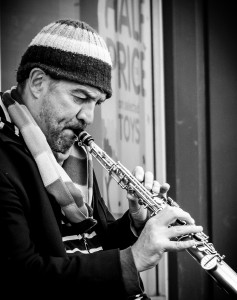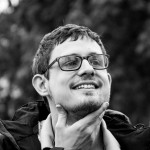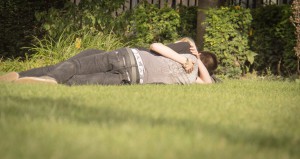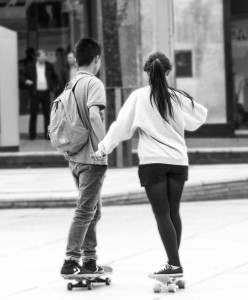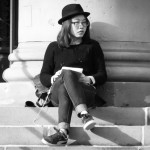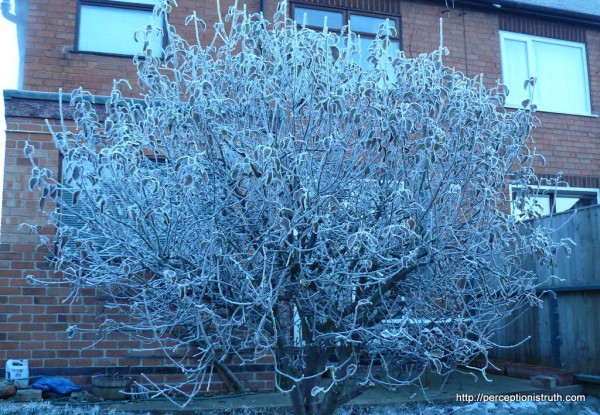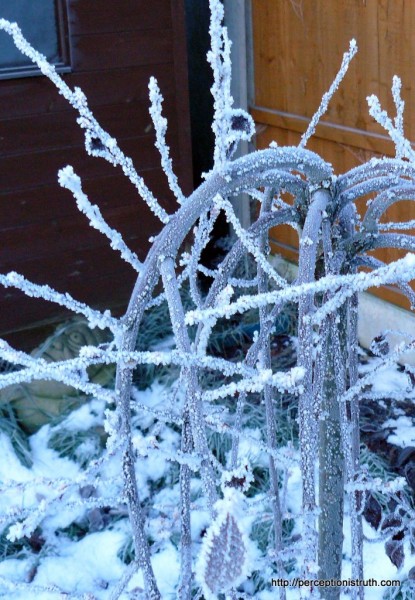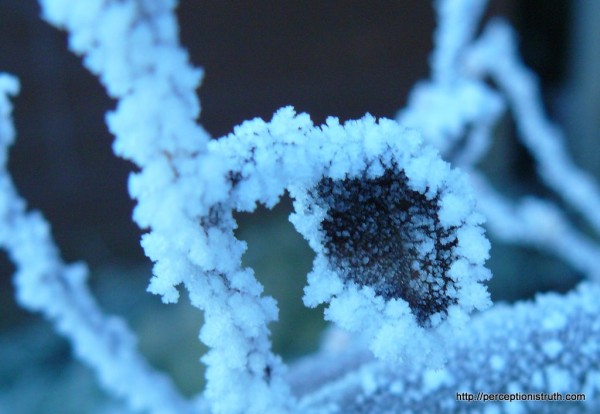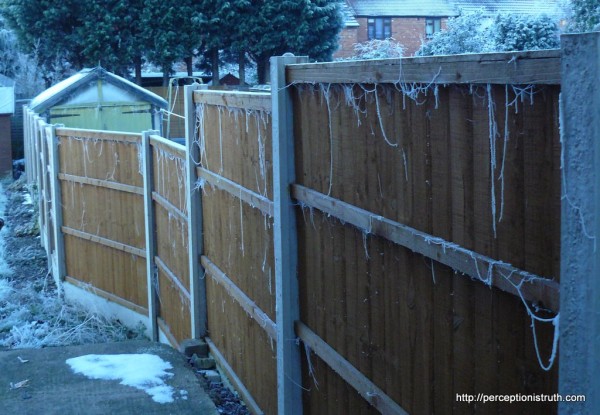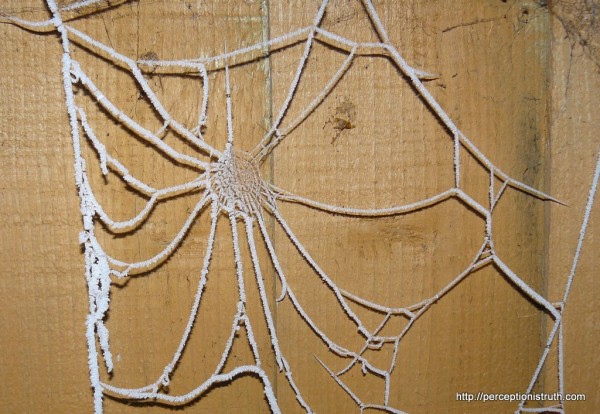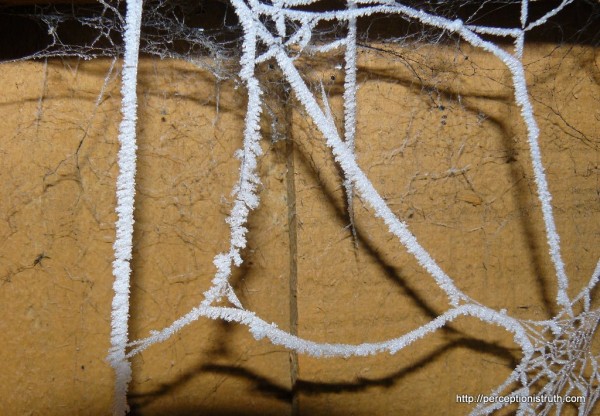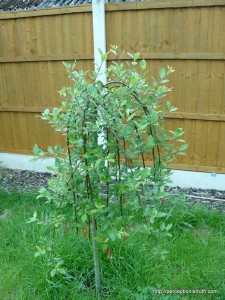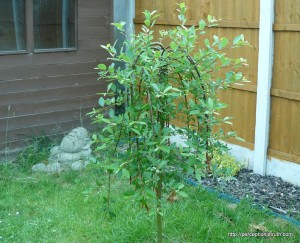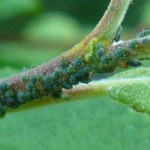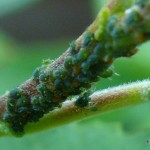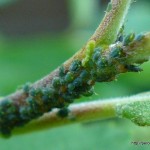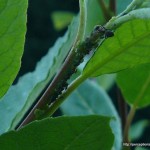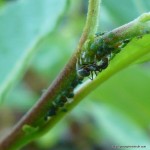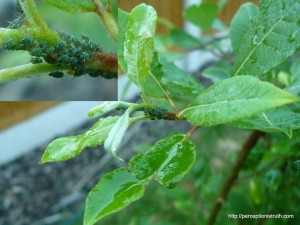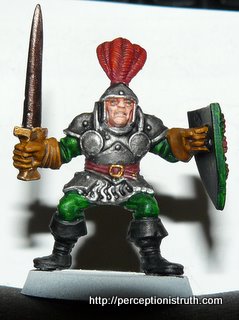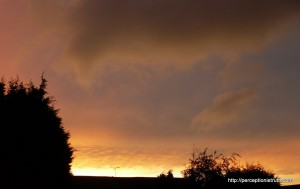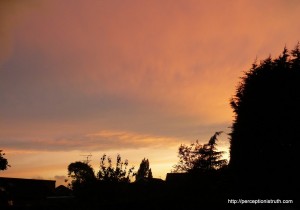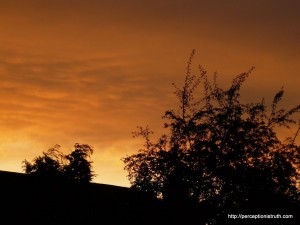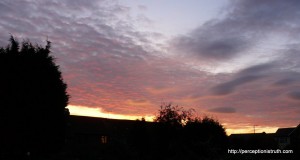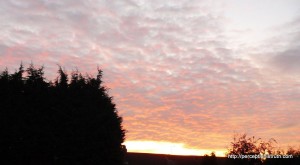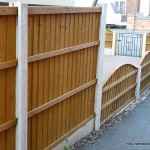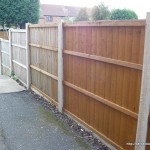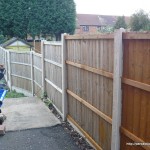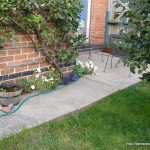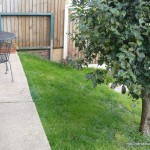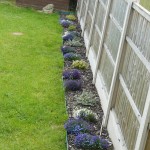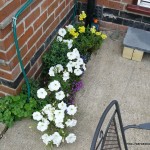So to my great surprise, I seem to enjoy ‘street photography’ more than the other kinds of photography I’ve tried over the last few years. I’ll be the first to admit however that much of my street photography is ‘photographs taken in the street’, rather than the more classic street photography. By that I mean, the form is really about capturing ‘decisive moments’ in a candid way, usually at quite short focal lengths.
At the moment, I tend to use longer focal lengths, and often my results are more candid street portraits than actual street photography.
Despite that, and with all the respect due to the real tradition, I’m enjoy what I do none-the-less, and over time hope to improve my confidence, and my technical ability, to switch to shorter focal lengths and capture more moments rather than interesting faces.
When I bought a DSLR, I really thought I’d be spending my time shooting pictures of animals and wild life, and early on, I did that. However, wild life photography (good wild life photography) requires a large investment of time, spent waiting, watching, and planning for the moment in which to capture the animal. Taking a thousand pictures of swans, however beautiful they are, isn’t in the long term wild life photography. As such, I haven’t invested the time, or found a place in which I want to invest the time, to carry out high quality wild life photography.
Landscape photography is as time intensive as wild life photography, and certainly requires just as much planning. Taking an occasional picture of a stream, and capturing a brilliant image of a landscape are two different things, and the latter requires a lot of planning, preparation and timing to get the right light and the right shot.
Portrait and event photography both interest me, probably for the same root reason as street photography – they’re about people and I find people fascinating. However, I don’t have the confidence yet to take portraits and I don’t have the opportunity to take shoot many events (although I take the chance whenever I can).
So I’ve found the immediacy and unpredictable nature of street photography to be the most engaging activity I’ve been involved in since getting the camera. I love looking at the pictures and finding hidden gems of human behaviour that might not have been obvious at the moment I pressed the shutter button (see the guy on the left in this picture, https://www.flickr.com/photos/eightbittony/19423003901). I love seeing the emotions of people’s faces, and I love building a narrative that may or may not be real based on the instant the picture was taken.
I’ve always been fascinated with the idea that truth is based on your perception at the time, and street photography really encompasses that philosophy for me.
Hopefully my confidence will increase, and I’ll get better at shooting at short focal lengths. I’m not going to stop trying to improve at wild life, landscape, event, sport, portrait and the other forms of photography of course, it’s just that street photography is both accessible at any time, and more thrilling so far than anything else I’ve tried.

